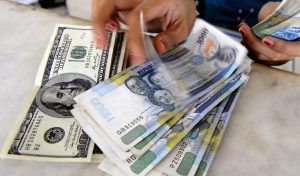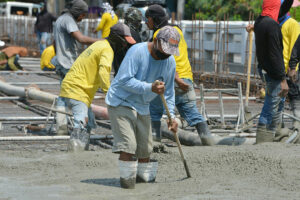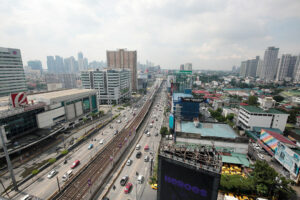By Aaron Michael C. Sy, Reporter
THE PESO fell to a new all-time low against the dollar on Wednesday as the dollar was buoyed by hopes of the US government reopening, while the local unit was dragged by expectations of slower growth.
The local unit closed at P59.17 versus the greenback, sliding by 18.5 centavos from its P58.985 finish on Tuesday, Bankers Association of the Philippines data showed.
This surpassed the previous record of P59.13 against the US dollar on Oct. 28.
Year to date, the peso has depreciated by P1.325 or 2.24% from its P57.845 finish on Dec. 27, 2024.
The peso opened Wednesday’s session slightly stronger at P58.95 versus the dollar. It logged an intraday best of P58.91, while its worst showing was at P59.19 against the greenback.
Dollars exchanged rose to $1.72 billion on Wednesday from $1.47 billion on Tuesday.
The dollar was generally stronger on Wednesday amid market optimism on the possible end of the US government shutdown, Rizal Commercial Banking Corp. Chief Economist Michael L. Ricafort said in a Viber message.
“The peso weakened further after the US Senate successfully endorsed a temporary spending bill which will fund the US government until Jan. 30, 2026,” a trader said in a Viber message.
The US House of Representatives was scheduled on Wednesday to vote on a funding plan for government agencies to end the longest shutdown in US history, following the Senate’s approval of a compromise on Monday.
Dollar demand was also supported by expectations that the US Federal Reserve will keep rates higher for longer, Philippine Institute for Development Studies Senior Research Fellow John Paolo R. Rivera said in a Viber message
The Fed last month cut rates by 25 basis points (bps) to bring its target rate to the 3.75%-4% range.
However, expectations of a rate cut at the Fed’s Dec. 17-18 meeting have dwindled after Fed Chair Jerome H. Powell questioned its necessity, while other officials remained divided over its last policy decision for the year.
“The combination of sluggish exports, slower government spending, and declining foreign direct investments (FDI) has reduced foreign currency supply just as import needs remain high,” Mr. Rivera added.
The local unit was also dragged by weak sentiment as damage from recent typhoons could further weaken economic activity, another trader said by telephone.
“Locally, market confidence is also being tested by governance issues and slower growth, which makes investors more cautious,” Mr. Rivera added.
In the third quarter, the Philippine economy grew by 4%, its slowest pace in over four years amid a slowdown in household and government spending. This as a widening flood control scandal dampened investor and consumer sentiment.
In the nine months to September, GDP growth averaged 5%, putting the government’s 5.5%-6.5% full-year growth target further out of reach.
Mr. Rivera said the peso could remain within the P59 to P60 per dollar range unless stronger dollar inflows are seen from remittances, tourism, or exports.
“In the coming months, stabilization will depend on faster fiscal disbursements, stronger FDI signals, and clear policy actions that restore both investor and market confidence,” he said.
The first trader said the peso could depreciate further on Thursday if the US government shutdown is resolved.
The first trader sees the peso moving between P59 and P59.25 per dollar, while the second trader sees it ranging from P59 to P59.30 on Thursday.
Mr. Ricafort sees the local unit trading between P59.05 and P59.25 on Thursday.






